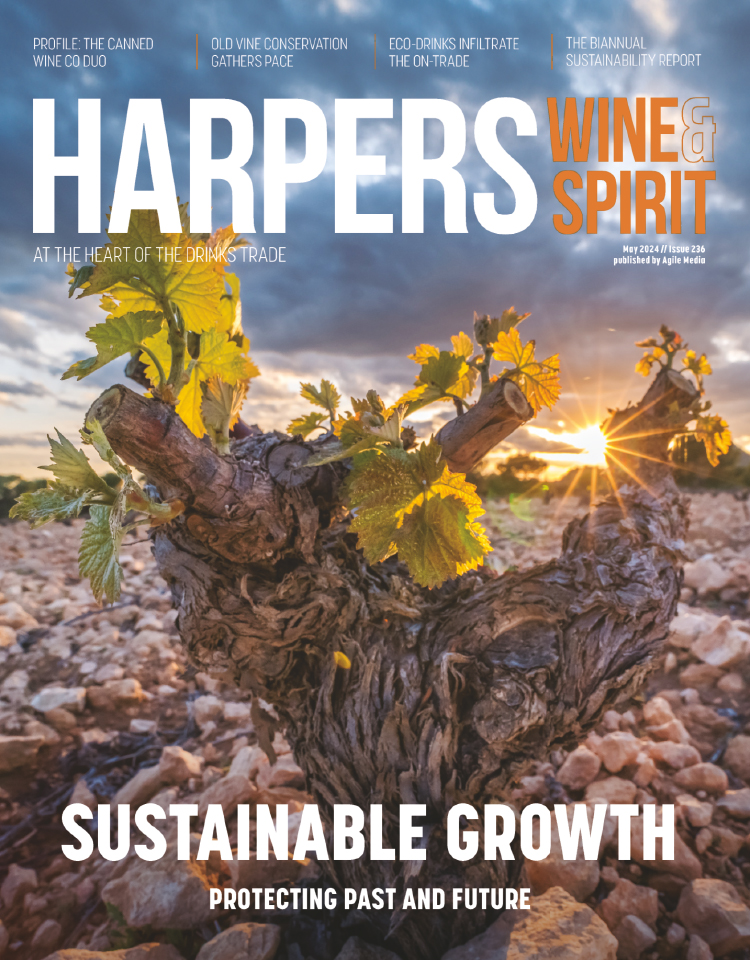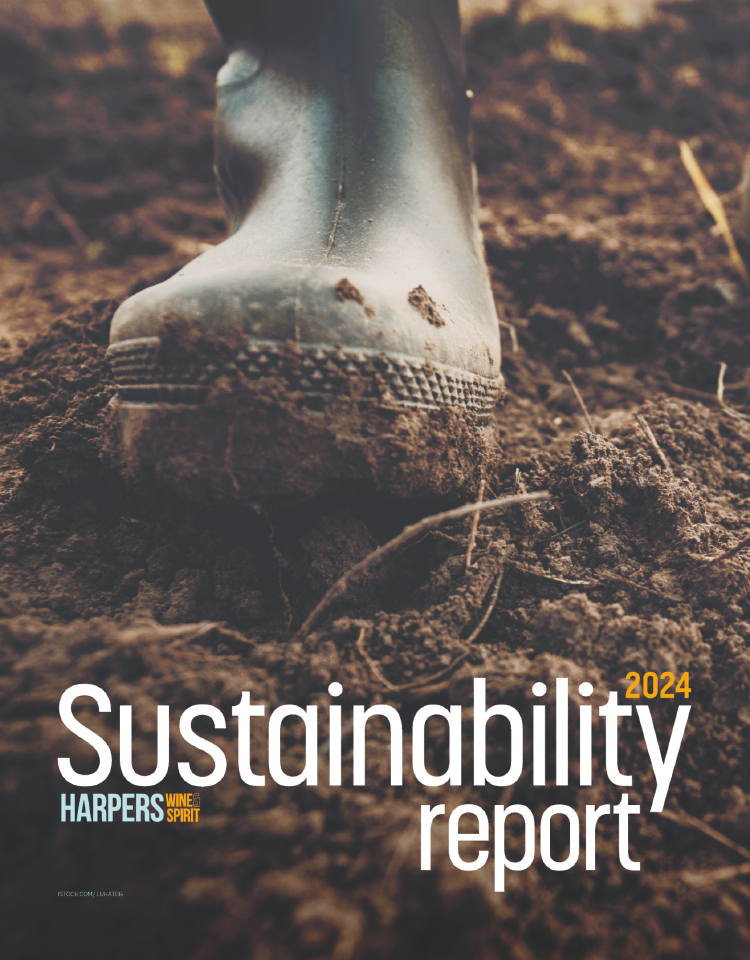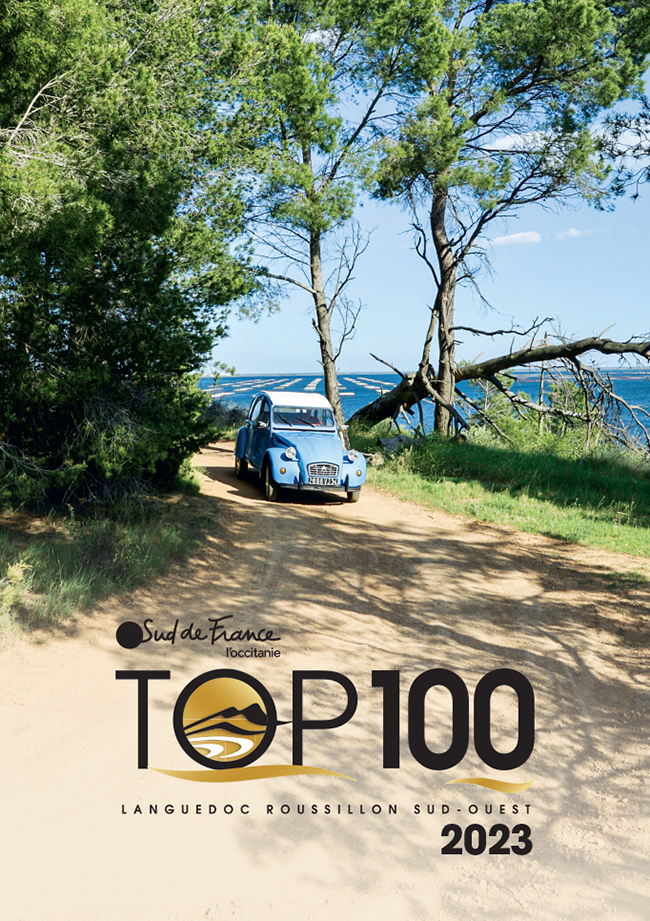
Indies short-changed in government duty consultation
Independent merchants, long considered the backbone of the quality drinks trade in the UK, were woefully underrepresented among those consulted by government over the duty changes now hitting businesses.
This charge again has been levelled after Harpers published details of the duty consultation, following a duty hike on 1 August that saw an increase of £0.44 per 75cl bottle of wine between 11.5% and 14.5%.
Of the 100-odd companies and organisation contacted, retailers of still wines were very thin on the ground (just two), also with the number of importers, brand owners and industry support bodies of wines (at 18, plus four sparkling organisations) noticeably lower than both beer, cider and low & no companies (38) and public health groups (33) – many of the latter known for pushing back on alcohol.
• Read more – Over the line on duty
Spirits producers and brand owners sat somewhere in between, accounting for overlap with wine.
Contacting Harpers, Andy Langshaw of the Harrogate Fine Wine Co. said: “It really did look like the wine trade was under-represented as a whole. Of the 106 consulted maybe only 12 came from the wine trade and of those, the independent sector was hardly represented at all. And that's not just retail shops, there were no importers who primarily deal with the indies either.
"The independent retail/importer sector is not insignificant in terms of sales generated or indeed people employed, so it's shameful to have not been included in the consultation. The closest indies got to a voice was probably Fine+Rare.”
Harpers ran it’s ‘Duty hikes: Details of government consultation revealed’ piece after widespread comment on social media and elsewhere questioning who had been consulted over the deeply unpopular duty rises.
The government launched a ‘Call for Evidence’ to seek the views of stakeholders on how alcohol duty could be reformed in October 2020. This closed in November 2020 with 106 respondents, including the likes of the Wine and Spirit Trade Association (WSTA), Wine GB, Treasury Wine Estates, E&J Gallo Winery, C&C Group and Accolade Wines (see full list here).
The current single rate for still wines between 11.5% and 14.5%, plus a separate higher rate for fortified, presages a full implementation of the new duty regime in 2025, following a current ‘easement’ period. Duty will then be escalated for each incremental 0.5% degree of alcohol in wine, with an estimated 80% of still wines falling into higher bands.
There will be 27 bands, including seperate, higher tiers for fortifieds.
An HM Treasury spokesperson told Harpers: “For the first time in over 140 years the UK’s alcohol duty system has started making sense as a drink’s tax now reflects the amount of alcohol in it, making everything easier to understand.
However, in its consultation response in September 2022, HM Treasury admitted: “In contrast to other parts of the industry, wine producers and retailers were less positive about the overall new regime. Most wine producers and retailers expressed concern that the new duty rate for products between 8.5% and 22% abv would lead to unfair increases in duty for most still and fortified wines."
The 1 August rise will have huge implications for the wine industry, particularly bottles sold under the £10 bracket, which, according to Nielsen, is 96% of all wine sold in the UK.
"In terms of the 44p, customers have to realise that’s best part of a pound on the shelf," added Langshaw.
"This month, the impact really hit home. We have a Minervois which went up £2 this August... this Minervois is 15% abv so at the absolute top for impact. What it made me realise was that actually the areas we would call good value in Europe are going to suffer as much as the New World producers. So areas in Europe, like the South of France, Southern Italy and the warmer parts of Spain which can offer such good value are going to be impacted as well."
Keywords:
- Independent Merchants
- indies
- tax
- duty
- still wine
- consultation
- 1 August
- HM Treasury
- Harrogate Fine Wine Co







